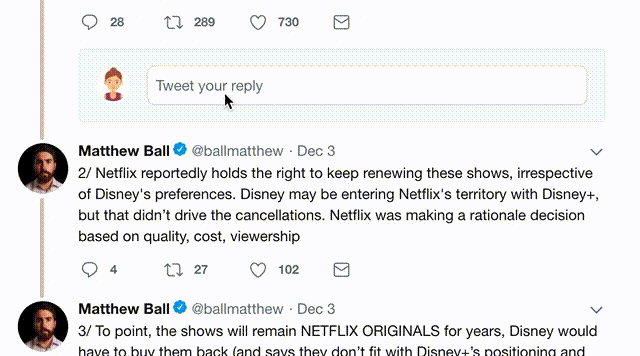We're entering what I call the 3rd Ecommerce Modernity.
Thread:
The #nocode movement and the universe of tools available are core to our forthcoming @futurecommerce 2020 Predictions market research report.
It represents what I'm calling the "3rd Ecommerce Modernity"
The shopping experience lacked personalized elements, like # of items in cart.
Magento, for instance, was developed based on the need for a "better" OSCommerce, which was riddled with security issues and poorly maintained -- just 6 years after the dotcom bust of 2001.
But the bigger the platform the slower the innovation.
With a small catalog they focus on design, story. They don't need "features". They need flexibility. Bigger platforms=headaches.
So the monoliths evangelize PWA. PWA means a massive rewrite. And then legacy code is intermingled in monoliths with newer PWA approach, but it's a marketing play to compete with the buyer need for FAST.
The design language of the DTC era is a result of small brands, with small catalogs, who left monoliths because they were overkill.
Old code isn't going away. It's still hanging around. PWA just means more developer tooling and different team structure.
No turning back.
Thanks for reading. ❤️














